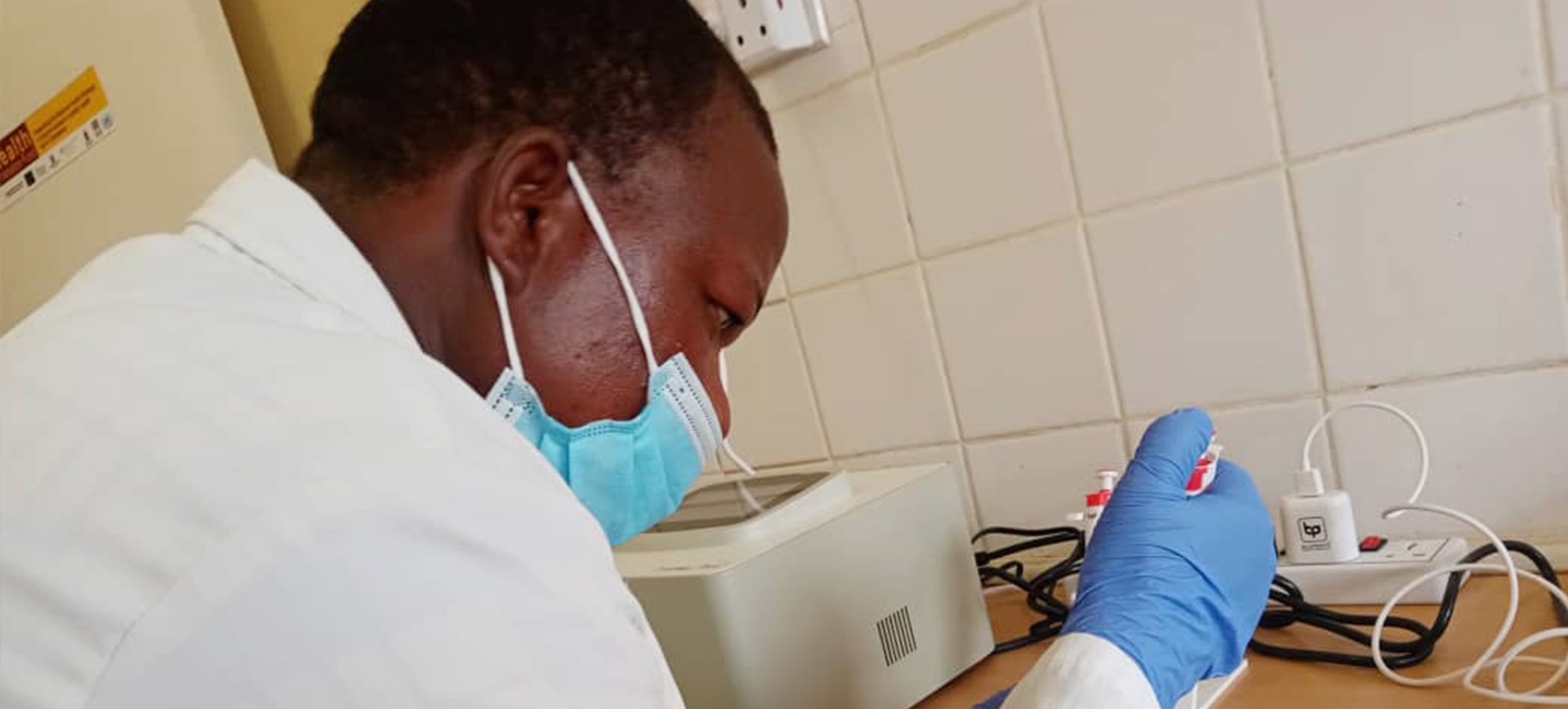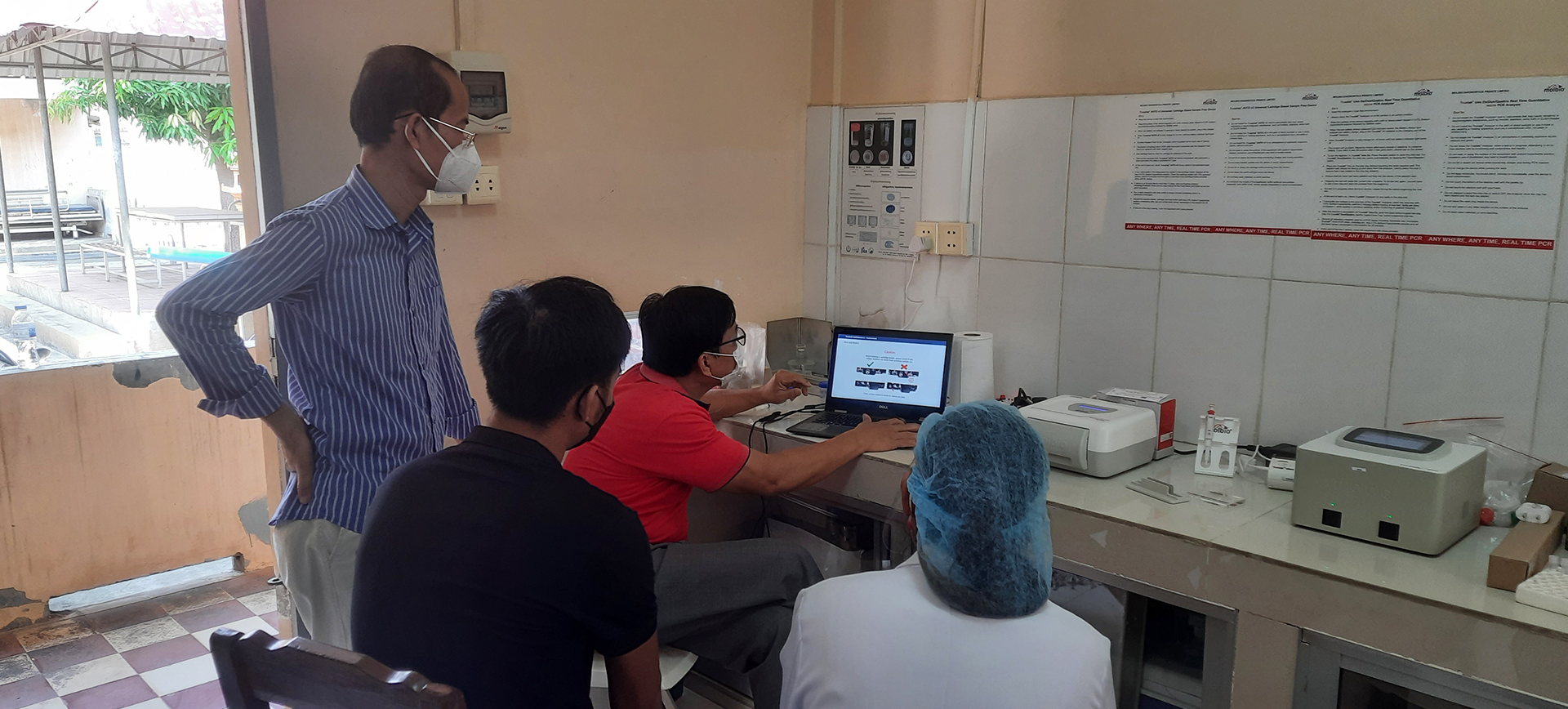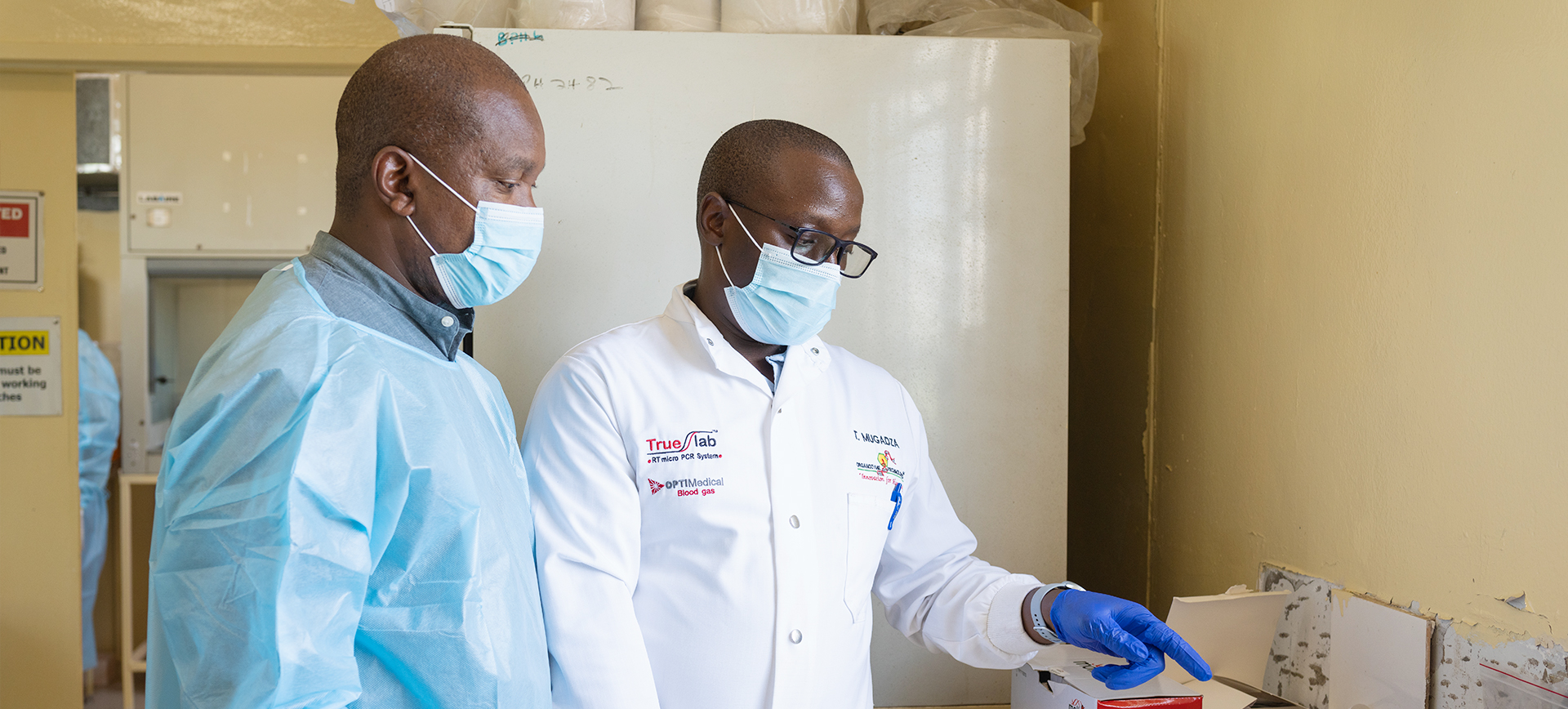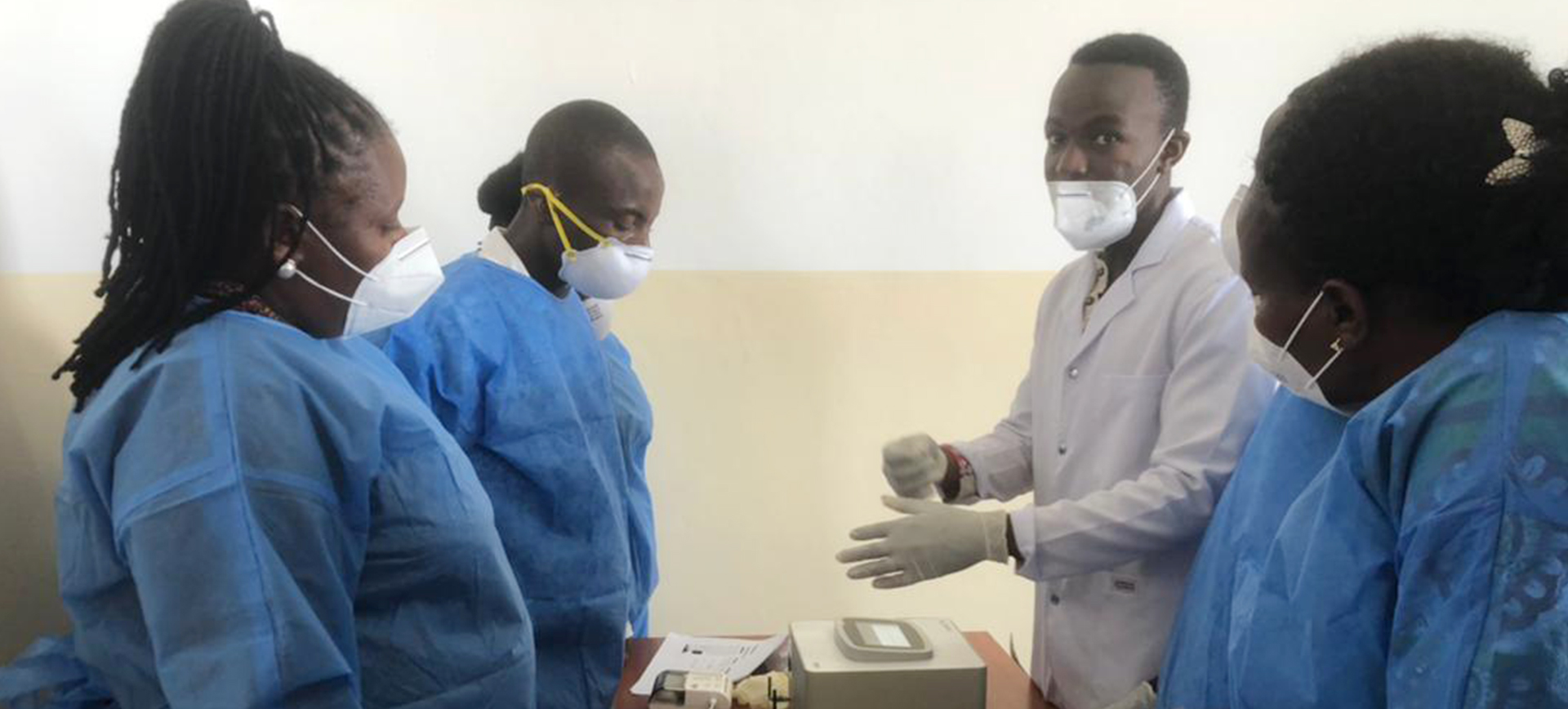In 2021, with a mere 9 out of every 100 individuals suffering from TB having access to rapid tests Democratic Republic of Congo (DRC) faced an arduous uphill struggle. However in April 2022, a glimmer of hope emerged in the form of Truenat- a rapid access, point-of-care diagnostic machine jointly procured and introduced by Stop TB Partnership and USAID’s innovative introducing New Tools Project (iNTP) programme.
“Before this machine, we were working in the dark,” explains Dr. Mukendi, a clinician at one of the 38 new testing sites. “Most of our patients come from prisons, mines or are from displaced communities . They often arrive very sick, and waiting for days to recieve the results can mean the difference between life and death.”
Within just nine months, healthcare workers tested over 12,700 samples—a number far exceeding their previous figures. By December 2022, almost two-thirds of the newly diagnosed TB patients had received rapid molecular testing, up from 11.7% the previous year. This improvement meant that thousands of people received timely and accurate diagnoses, allowing them to begin treatment sooner.
Soon enough, Truenat was also able to detect something both concerning and significant in the Kasai Oriental province—the first cases of rifampicin-resistant TB in two years. “There’s a chance that these patients may not have been detected earlier,” says a local lab technician. “Now we can get them the right treatment immediately.”
However, the journey undertaken was filled with bumps. Marie, a lab supervisor, recalls her early days with a slight shake of her head. “Most of us had never used the method of molecular testing before. Therefore, initially we made mistakes and had high error rates. But eventually , we created a WhatsApp group where we could ask questions and share solutions. Meanwhile, more experienced users became our mentors, guiding us through difficult cases.”
Another hurdle was unreliable power supplies. “Sometimes the printer would just stop mid-test due to the fluctuation,” says Pierre, a technician from the rural facility.The team responded by installing solar panels and surge protectors to keep this vital service running.
In a few remote areas where the mobile network is poor, it makes it difficult to transmit the results automatically. “We knew patients were waiting,” says Dr. Lusamba, “so we explored new systems like DataToCare to ensure no result got delayed.”
Sample handling and safety practices were also improved on the learning curve. Through external quality assessments, healthcare workers identified areas to improve and worked in tandem to raise the standards at all facilities.
Looking to the future, the ambitious plans of the DRC for the years 2024-2028 look like growing success manifold. “We’re planning to add 80-100 new machines,” shares a National TB Program coordinator, “and hope to have 400 by 2028. Providing impetus to the cause- The Global Fund’s support for 2024-2026 ensures that we can reach more communities in dire need of this service,”
For health workers like Dr. Mukendi, this plan represents alot more than mere numbers. “Each new machine saves lives-now, fewer people will lose loved ones to TB. We’ve seen what’s possible and we can’t go back.”
In a country where TB remains a formidable challenge , the project has shown that with the right tools and determination, one can make remarkable strides.
Though a long road looms ahead, yet clinics and laboratories across the DRC continue their life-saving work, armed with technology and rejuvenated hope for the collective future of the communities.





